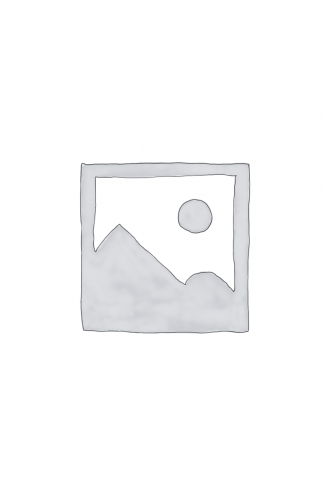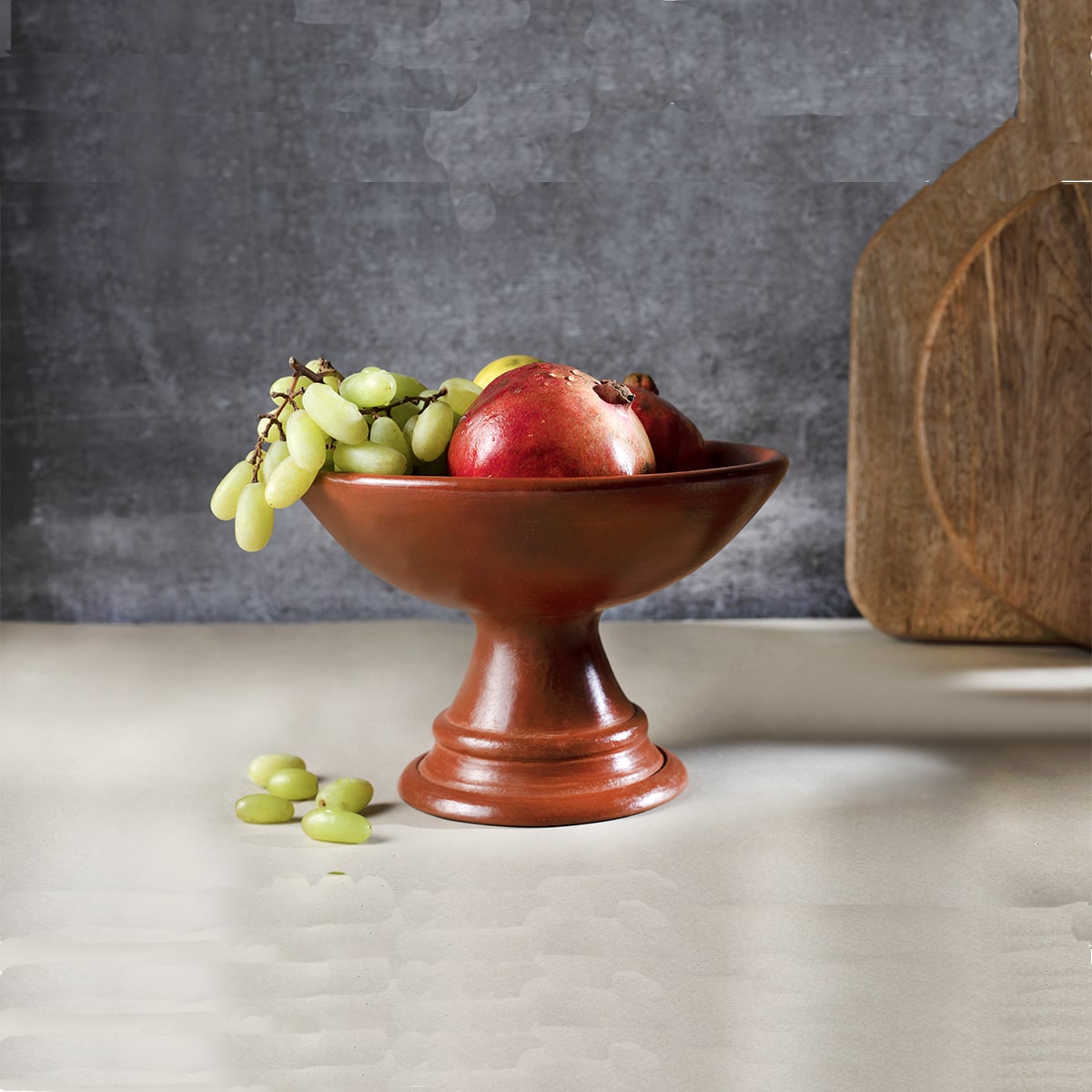Showing 85–96 of 124 results
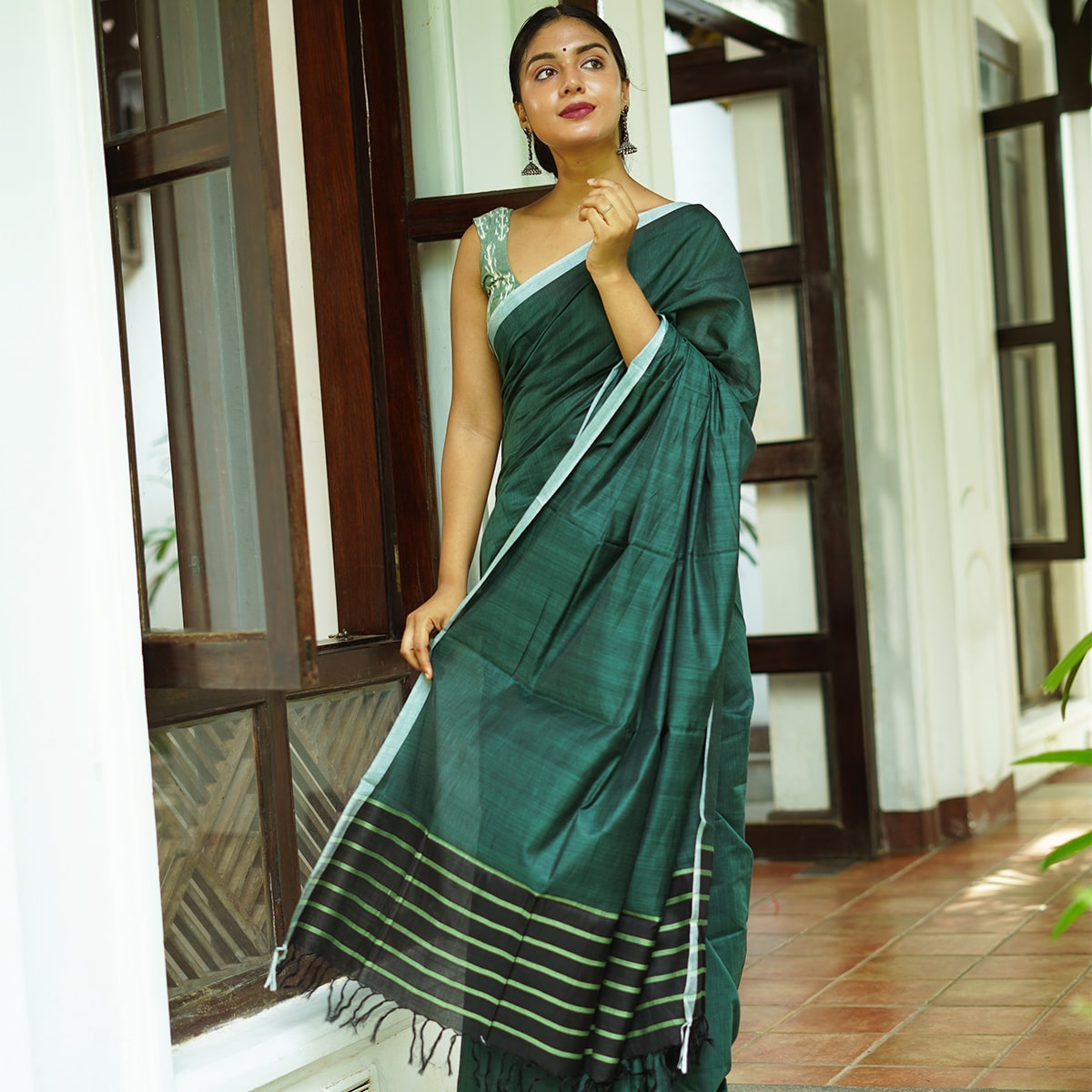
Rajani Saree
$60.00
$60.00
When night falls in the woods, the black and green creates a magic The mesmerising effect of black and green together is what makes this saree unique. A saree for any occasion in comfortable mercerised cotton weave

Ramanika Saree
$60.00
$60.00
Story of Weaving: The handloom fabric is a type of fabric that is woven using hand operated looms. Two sets of interlacing yarns, the warp (length) and weft (width), are woven on a loom hand-operated by weavers. These looms do not use electricity. Human handling lends the fabrics a unique feel and renders the fabrics more value. The resultant fabric is softer, more durable and much more comfortable than machine-made fabrics. Handloom cotton is more breathable and thus feels lighter in summers and provides more insulation in winters. The dyeing process also becomes easier for handloom cotton as the colour penetration is substantially more. Hues are absorbed better thus look resplendent on handloom cotton. The art of hand weaving is labour intensive and takes a longer time. But, the beauty it adds to the fabric is priceless. Choosing handloom cotton supports the rich weaving heritage of India and lets the weavers carry on the precious art-form to the future generations as well.

Ranthal Bamboo Lamp Shade
$1,200.00
Woven by our master bamboo weaver, who likes to play with colours on this pineapple inspired weaving This lamp shade will be a great decorative piece to light up your outdoor or indoor spaces Cutting bamboo from forest to formation of thin strips, is a laborious process going beyond a day. These strips are then dyed to get the coloured strips for designs. These strips are then woven by hand applying the weavers' skills to form the decorative pieces.
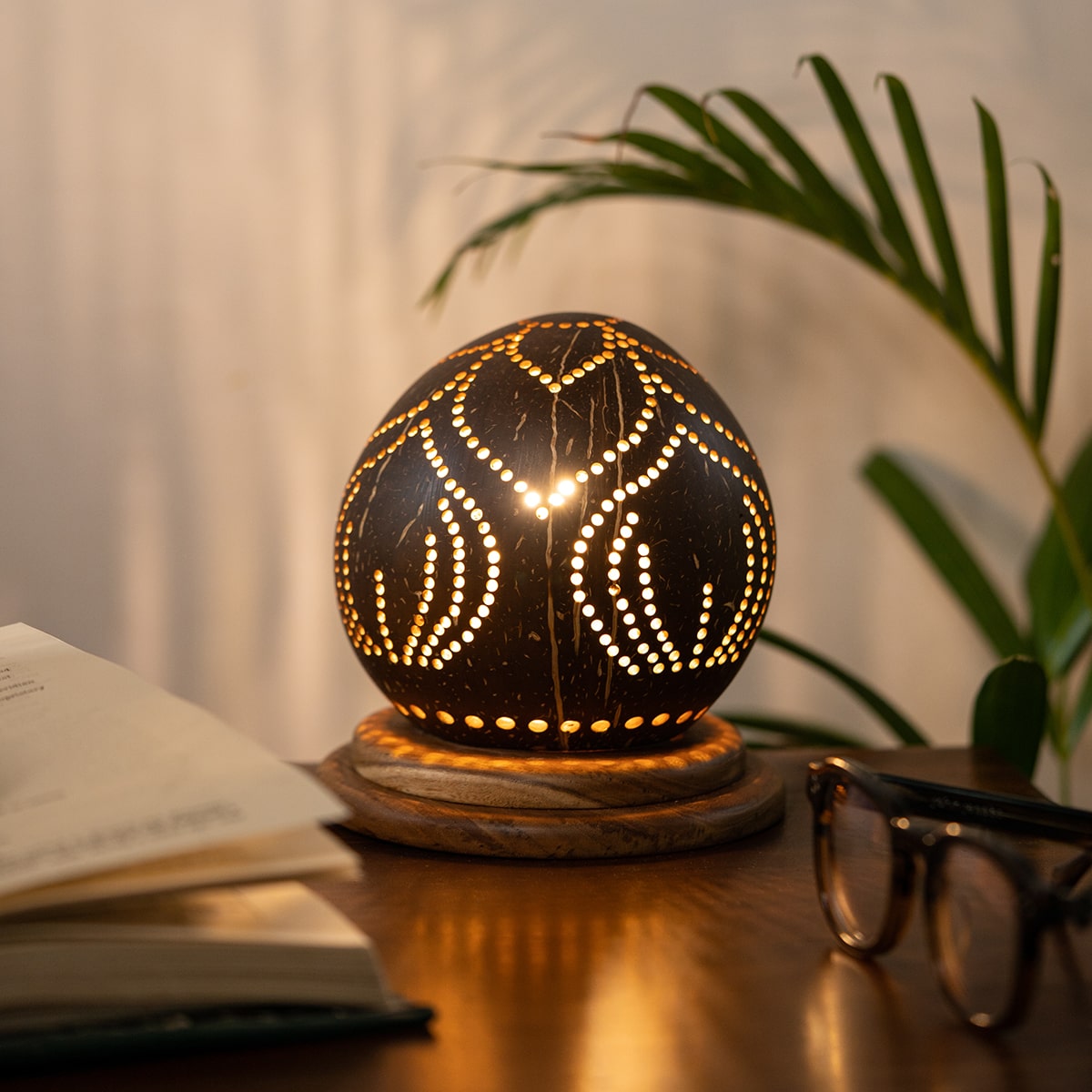
Rashmi Table Lamp
$16.00
Add a natural decor to your table ! Made of Coconut Shell and handcrafted by traditional artisans, these lamps spread rays of light to the space around
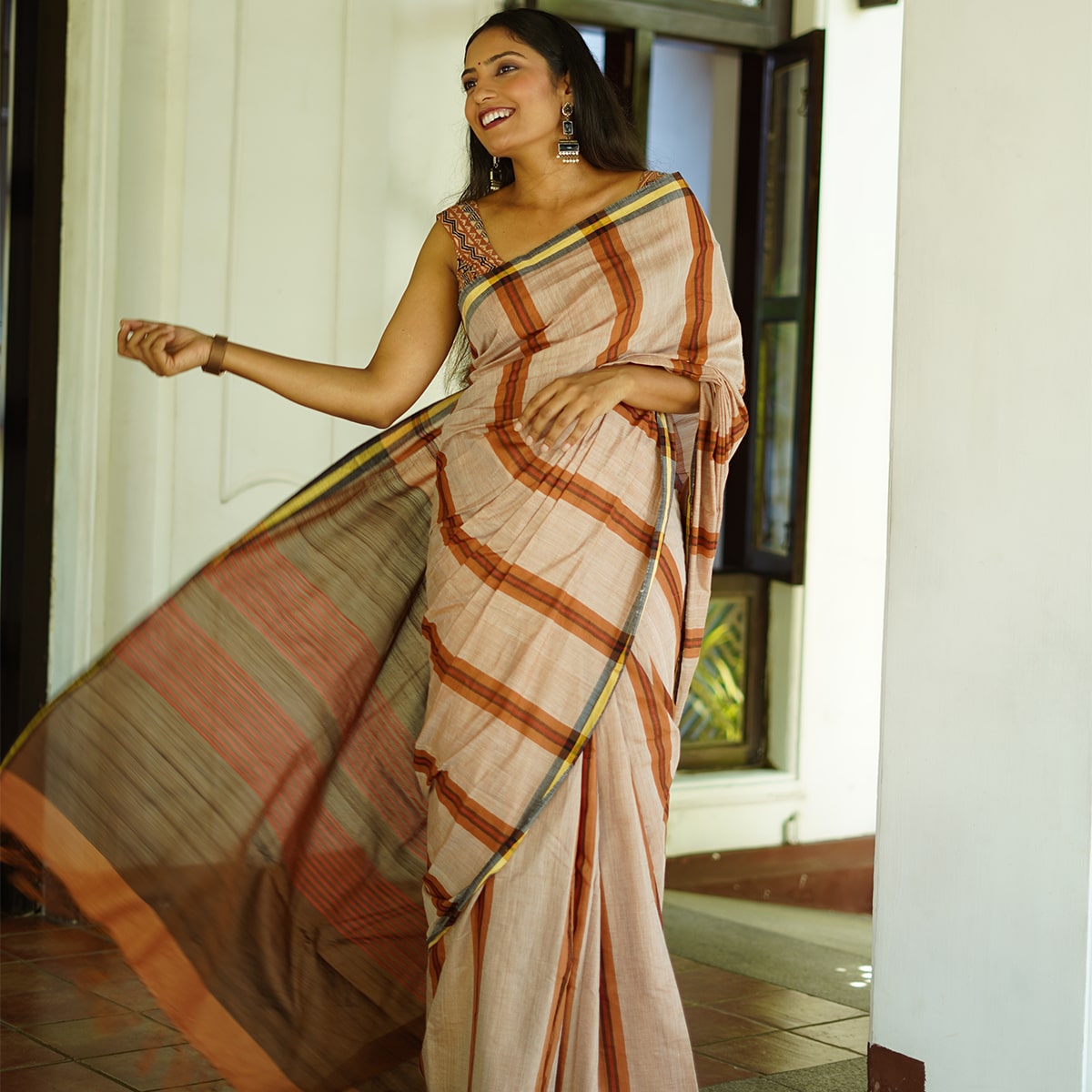
Rithu Saree
$60.00
$60.00
Story of Weaving: The handloom fabric is a type of fabric that is woven using hand operated looms. Two sets of interlacing yarns, the warp (length) and weft (width), are woven on a loom hand-operated by weavers. These looms do not use electricity. Human handling lends the fabrics a unique feel and renders the fabrics more value. The resultant fabric is softer, more durable and much more comfortable than machine-made fabrics. Handloom cotton is more breathable and thus feels lighter in summers and provides more insulation in winters. The dyeing process also becomes easier for handloom cotton as the colour penetration is substantially more. Hues are absorbed better thus look resplendent on handloom cotton. The art of hand weaving is labour intensive and takes a longer time. But, the beauty it adds to the fabric is priceless. Choosing handloom cotton supports the rich weaving heritage of India and lets the weavers carry on the precious art-form to the future generations as well.

Ritika Saree
$60.00
The bright pink saree is a reflection of the spring season with blooms all over. The bright pink and red blooms always catches our attention! Saree border is woven the Dobby style by our skilled handloom weavers
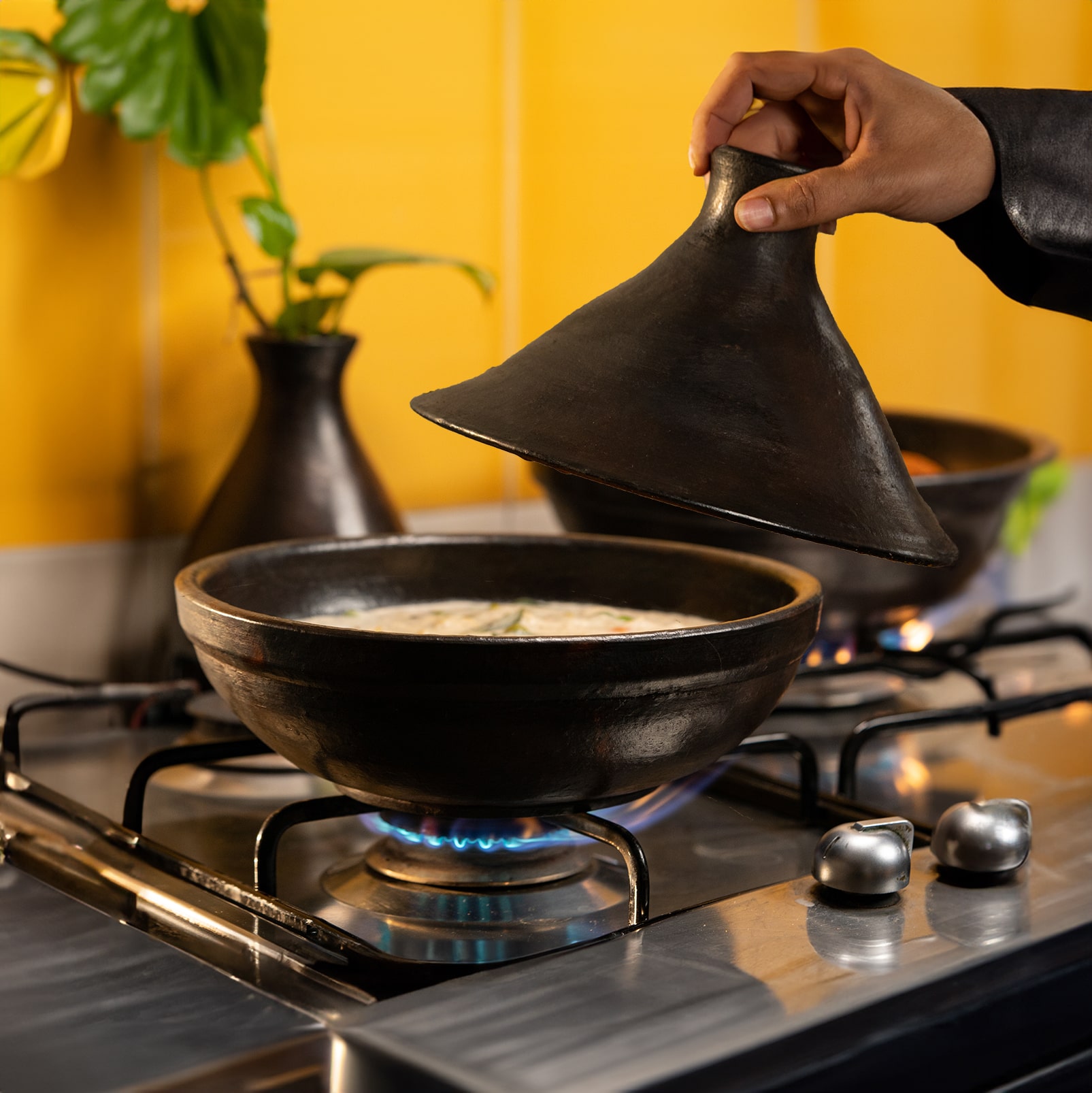
Ruchi Terracotta Cook and Serve Pot
$25.00
$30.00
It is said, food tastes good when we do slow cooking with less water Inspired by the African 'Tagine" pot, here is a cooking pot that helps to trap the steam within to cook using less water. Keep the flame low and slow cook your dishes to perfect taste The Pot has an excellent finish to take it directly to your table. The lid helps to keep the dish warm
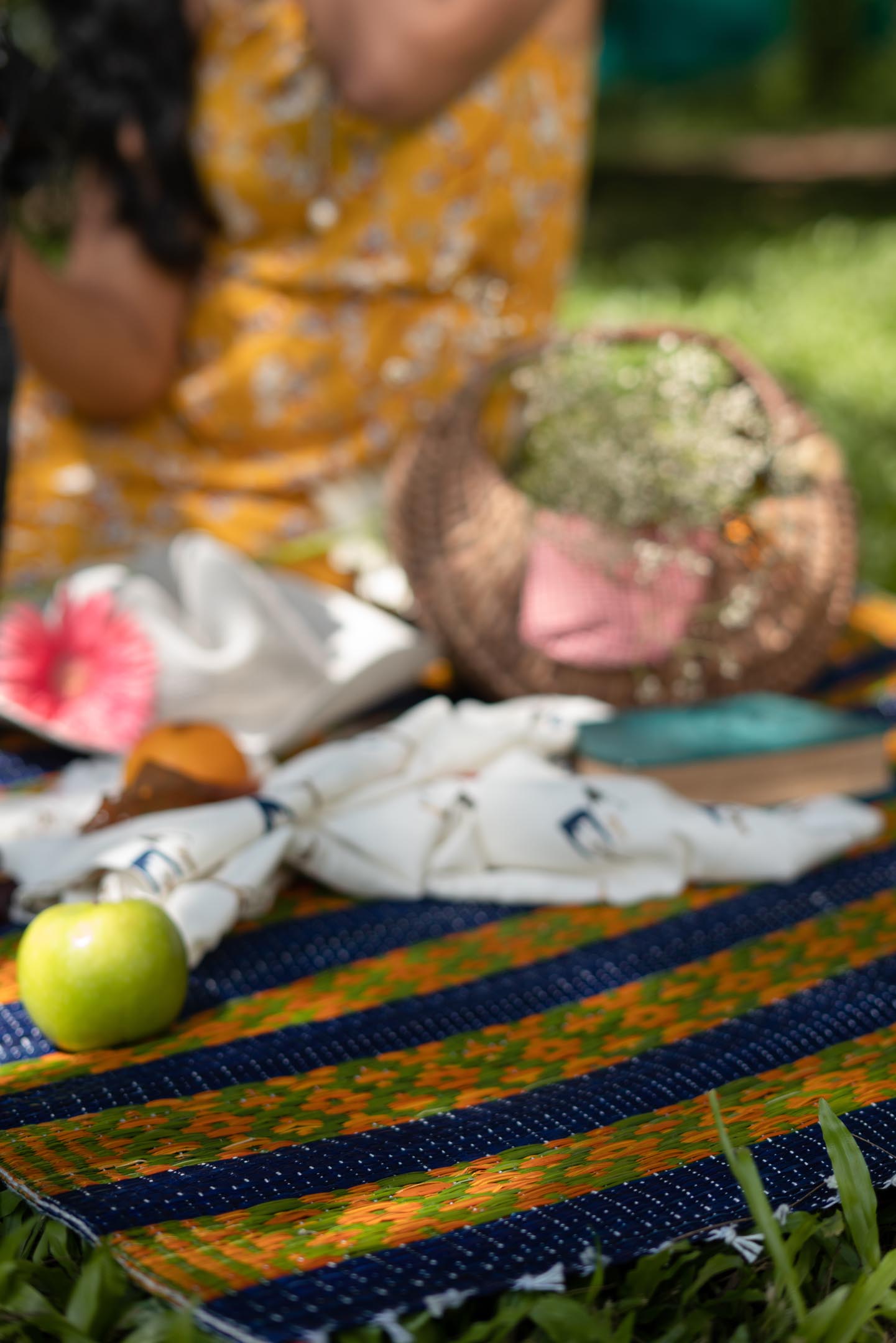
Saantham Picnic Mat
$65.00
A comfortable mat handcrafted by Bindu, Sindhu, Beena and Sheeja, the weavers of Killimangalam. A dash of turmeric sprinkled with beetle nut leaves and bordered with blue. Here is a mat you can have for a relaxing outing. Story of Cora Grass and Mat weaving: Cora Grass is found along river banks and in marshy lands. It can grow up to a height of two meters. Family members of mat weavers collect these cora grass and bring it for processing. They cut each grass stem into four strands and remove the soft material at the centre. Before further processing, the grass is dried under the sun, till it develops a beige colour naturally. The grass is then dyed using different colouring materials and processes to match artists imagination. Sometimes, the colouring process takes days, depending on the shade of colour desired. The handcrafted mats are woven using hand operated looms. A set of white yarns as the warp (length) and thin strands of cora grass as weft (width), are woven on a loom hand-operated by weavers. These looms do not use electricity. Human handling lends the mat a unique feel and more value. The resultant mat is softer, more durable and much more comfortable than machine-made mats. The cora grass strands are compacted by hand by the weavers, ensuring sturdiness to the mat. The art of hand weaving is labour intensive and takes a longer time. But, the beauty and quality it adds to the mat is priceless. Choosing handwoven mats supports the rich weaving heritage of Killimangalam and lets the weavers carry on the precious art-form to the future generations as well.
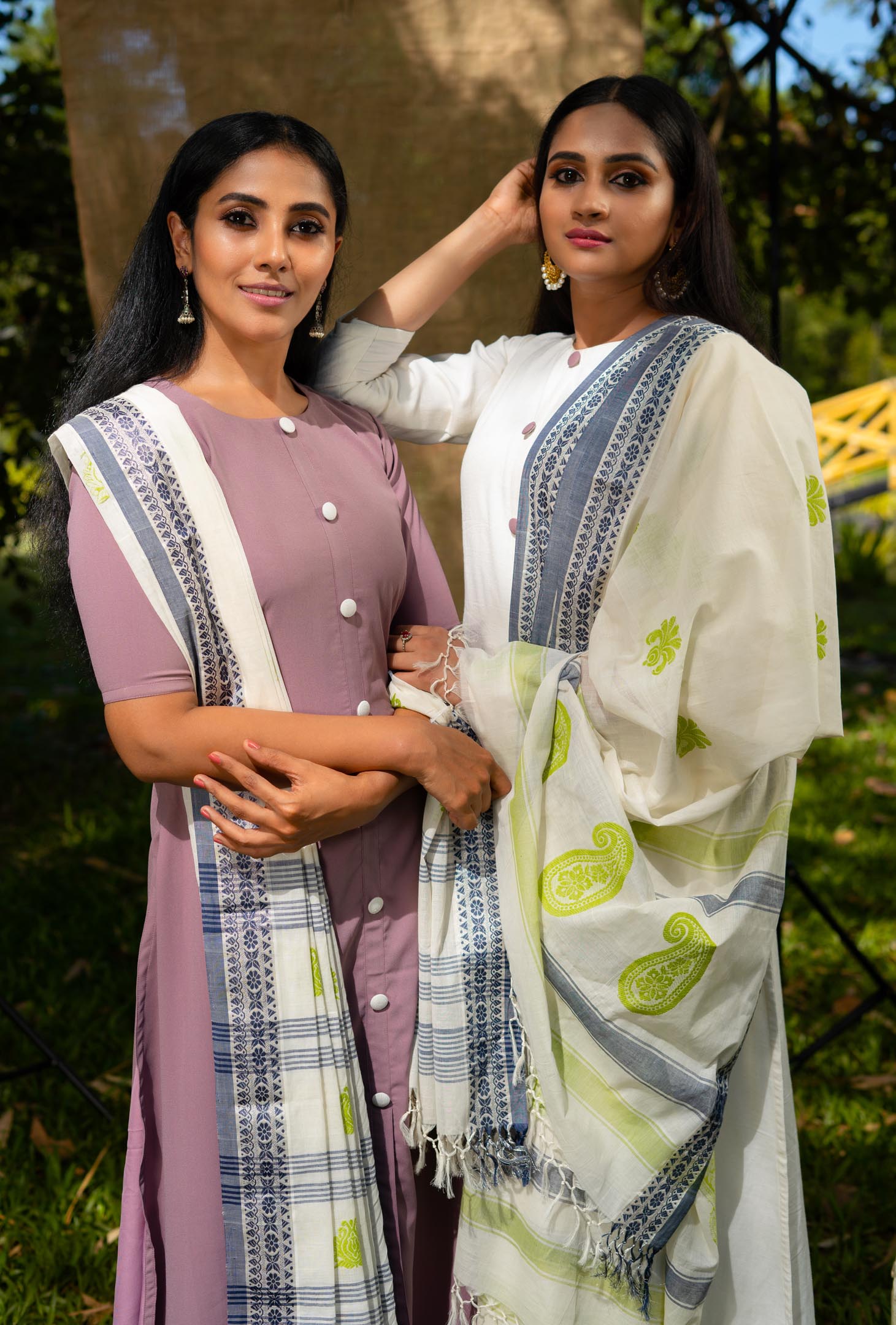
Saarika Dupatta
$40.00
On a visit to the banks of the river Nila, we saw a group of parrots flying over, across the river to Kuthampully. That sight was mesmerising! We couldn't resist, but to attempt to ingrain that colour into our Dupatta, just for you! Inspired by the sights around the weavers village, we have added the mango design in green on the Dupatta. We are celebrating the nature around the weavers village through this "Saarika" series. Story of Weaving: The handloom fabric is a type of fabric that is woven using hand operated looms. Two sets of interlacing yarns, the warp (length) and weft (width), are woven on a loom hand-operated by weavers. These looms do not use electricity. Human handling lends the fabrics a unique feel and renders the fabrics more value. The resultant fabric is softer, more durable and much more comfortable than machine-made fabrics. Handloom cotton is more breathable and thus feels lighter in summers and provides more insulation in winters. The dyeing process also becomes easier for handloom cotton as the colour penetration is substantially more. Hues are absorbed better thus look resplendent on handloom cotton. The art of hand weaving is labour intensive and takes a longer time. But, the beauty it adds to the fabric is priceless. Choosing handloom cotton supports the rich weaving heritage of India and lets the weavers carry on the precious art-form to the future generations as well.
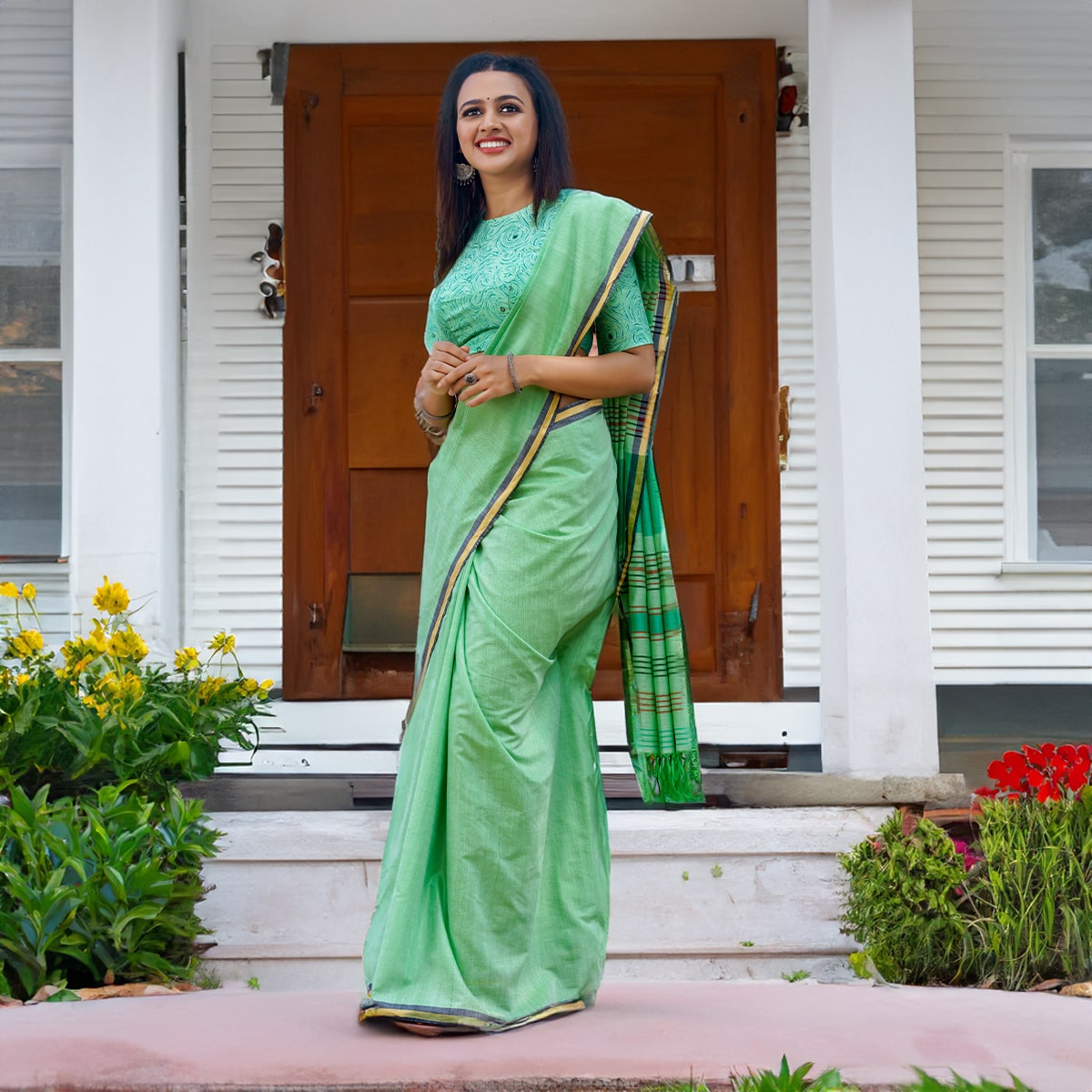
Saarika Saree
$60.00
$60.00
I was always curious about the talent of mimicry artists or someone who can imitate another person. A bird that can imitate human speech has always intrigued me. Parrots are a bird species I have closely observed. You cannot ignore the sight of a bunch of parrots flying with the blue sky as background. They are daily visitors to our garden feasting on Guavas on our guava tree, making the myriad of sounds to call its pair or friends, to share the feast Parrots have flown in to our new set of sarees. Wear it and with its unique color and design, you will be noticed in a crowd. The mercerized cotton yarn that we use for weaving these sarees ensure you are comfortable in any climate and in any occasion Story of Weaving: The handloom fabric is a type of fabric that is woven using hand operated looms. Two sets of interlacing yarns, the warp (length) and weft (width), are woven on a loom hand-operated by weavers. These looms do not use electricity. Human handling lends the fabrics a unique feel and renders the fabrics more value. The resultant fabric is softer, more durable and much more comfortable than machine-made fabrics. Handloom cotton is more breathable and thus feels lighter in summers and provides more insulation in winters. The dyeing process also becomes easier for handloom cotton as the colour penetration is substantially more. Hues are absorbed better thus look resplendent on handloom cotton. The art of hand weaving is labour intensive and takes a longer time. But, the beauty it adds to the fabric is priceless. Choosing handloom cotton supports the rich weaving heritage of India and lets the weavers carry on the precious art-form to the future generations as well.
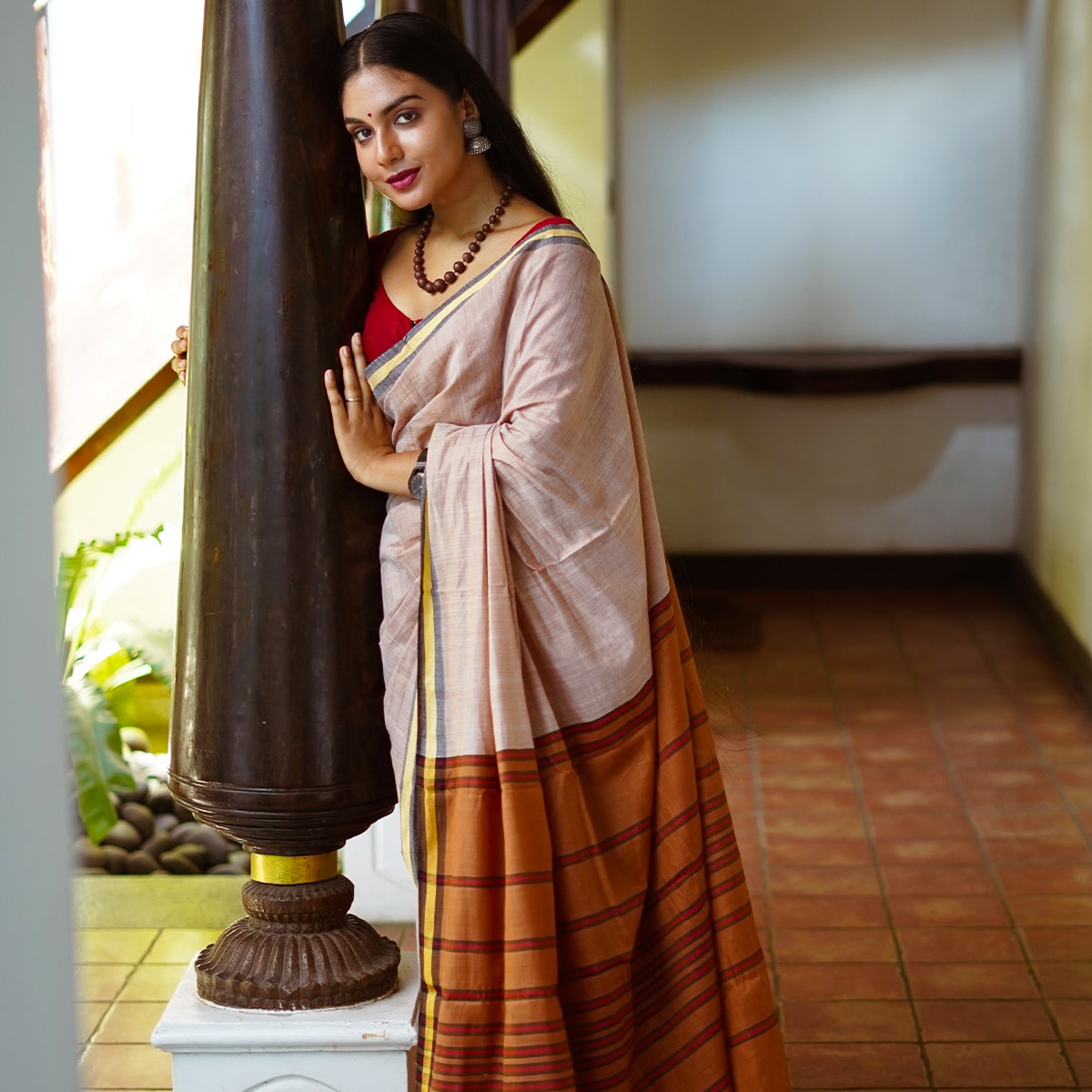
Saayam Saree
$60.00
$60.00
Soothing colours of the evening (saayam) for an evening outing! Woven out of soft mercerised cotton yarn to give you a soft and comfortable feel
Showing 85–96 of 124 results
Related products
View all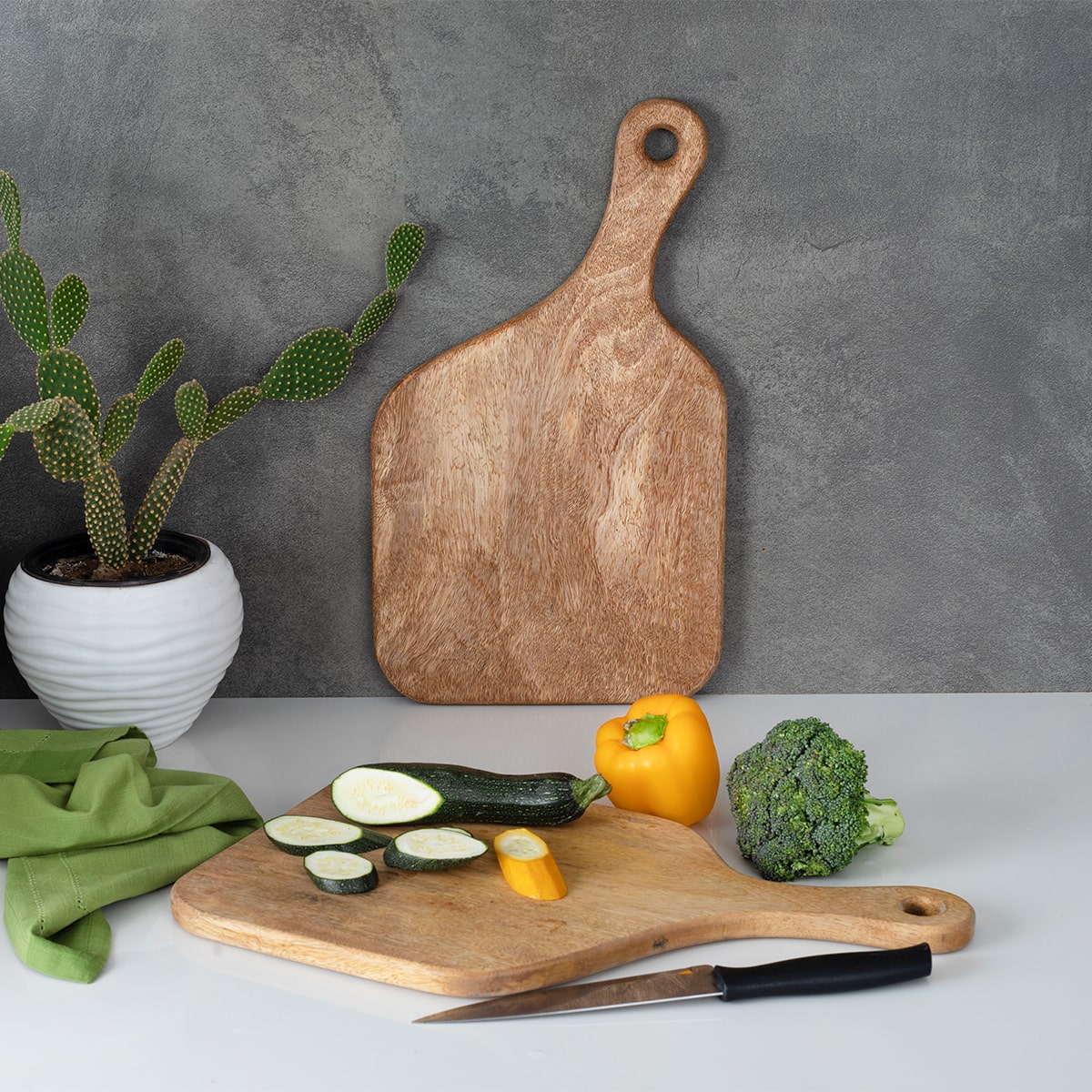
Chathuram Wooden Cutting Board
$1450
$1450
Wood Craft: We use good quality Mango wood and teak to make the products. Traditional carpenters use hand operated tools to carve the products out of large wood logs. It is hand finished to make it smooth
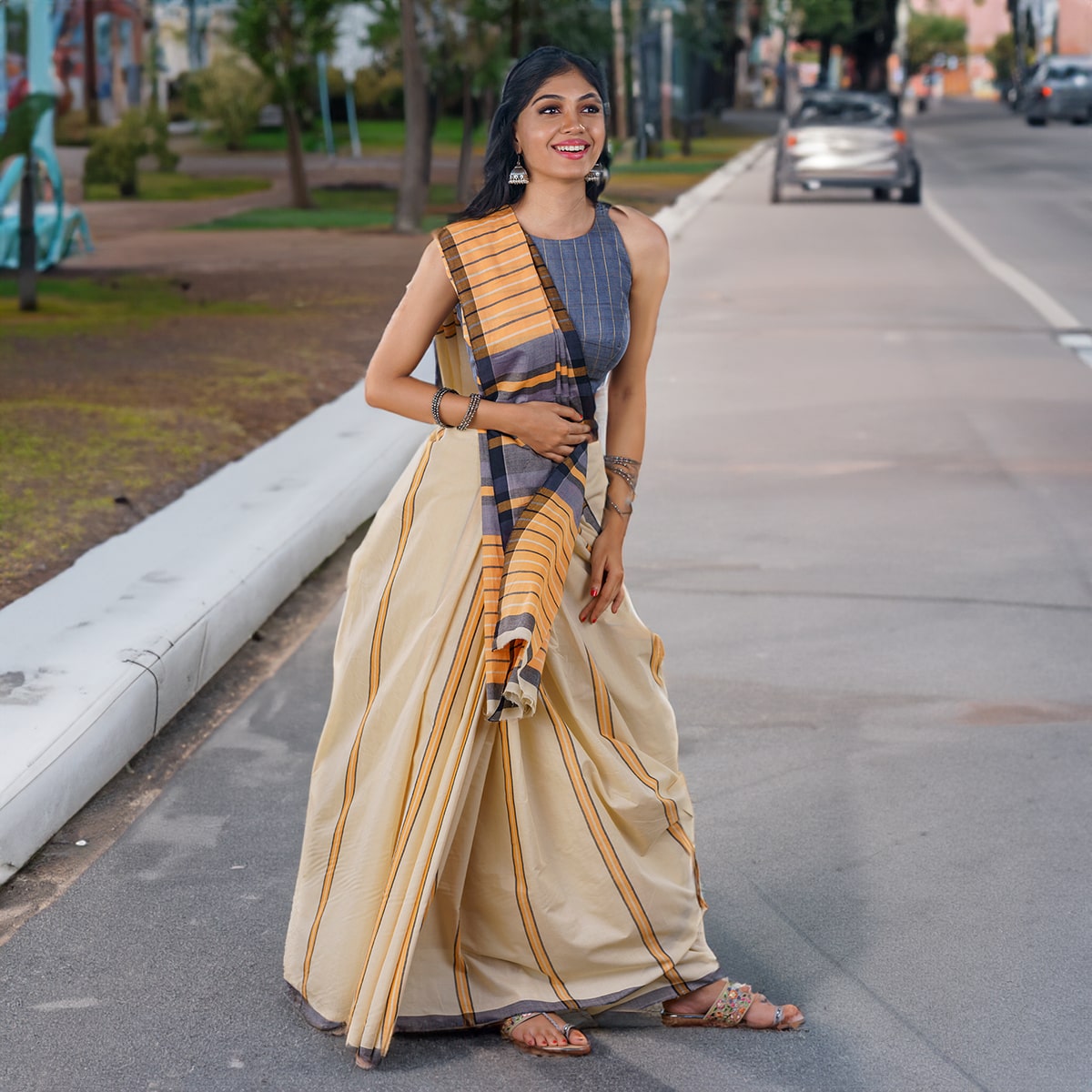
Ragam Saree
$3300
$3600
Story of Weaving: The handloom fabric is a type of fabric that is woven using hand operated looms. Two sets of interlacing yarns, the warp (length) and weft (width), are woven on a loom hand-operated by weavers. These looms do not use electricity. Human handling lends the fabrics a unique feel and renders the fabrics more value. The resultant fabric is softer, more durable and much more comfortable than machine-made fabrics. Handloom cotton is more breathable and thus feels lighter in summers and provides more insulation in winters. The dyeing process also becomes easier for handloom cotton as the colour penetration is substantially more. Hues are absorbed better thus look resplendent on handloom cotton. The art of hand weaving is labour intensive and takes a longer time. But, the beauty it adds to the fabric is priceless. Choosing handloom cotton supports the rich weaving heritage of India and lets the weavers carry on the precious art-form to the future generations as well.
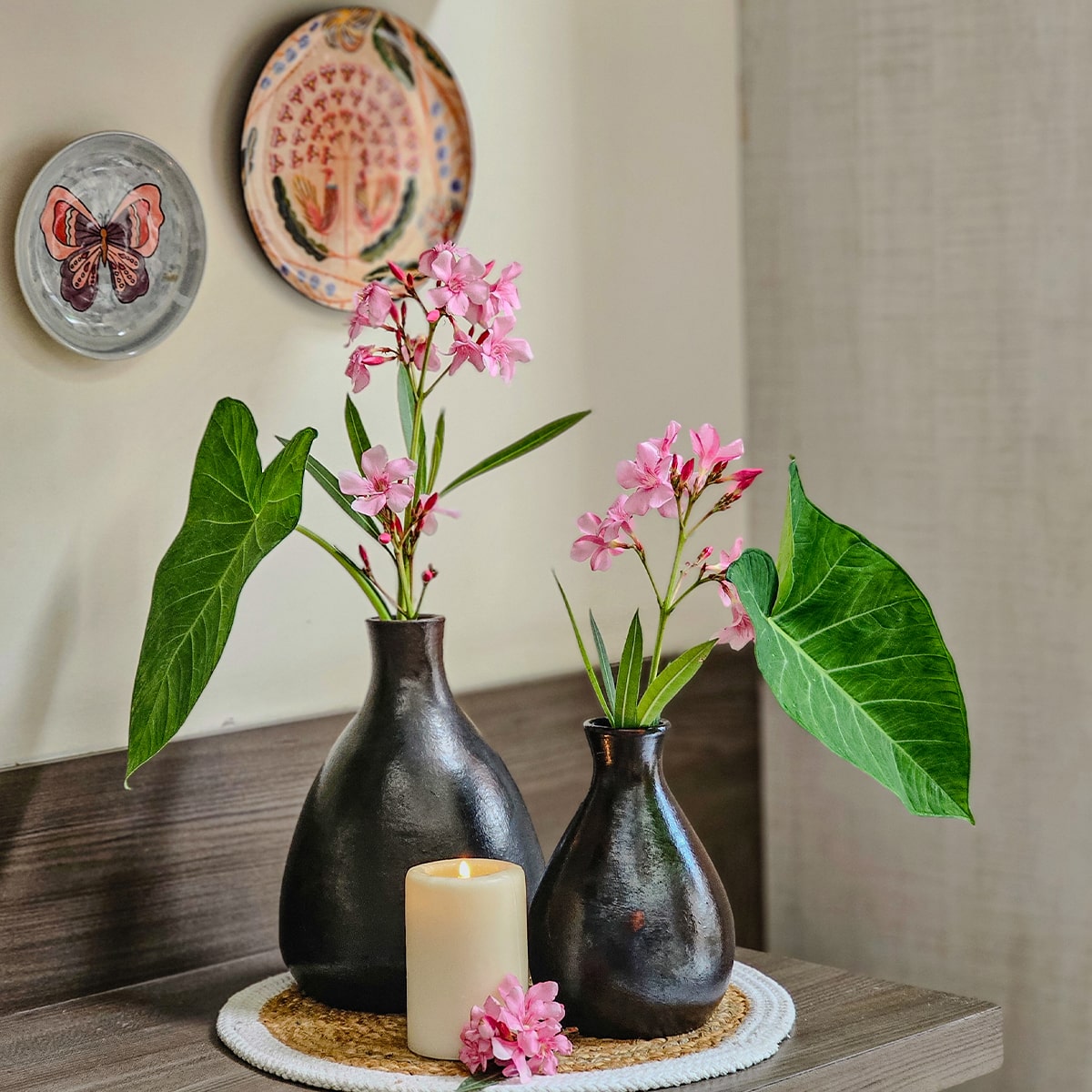
Anjanam Vase
In Kerala, the colour black has been a part of any basic makeup material a lady applies to her face, especially to eye lids. As in the popular classic Malayalam song of Kerala (Anjana kannezhuthi...), the black colour adds a special attractive appeal. The beauty of the black colour is what we have applied into this vase. The shiny black piece can adorn your tables and tea tables with any contrasting colours inside and around.
